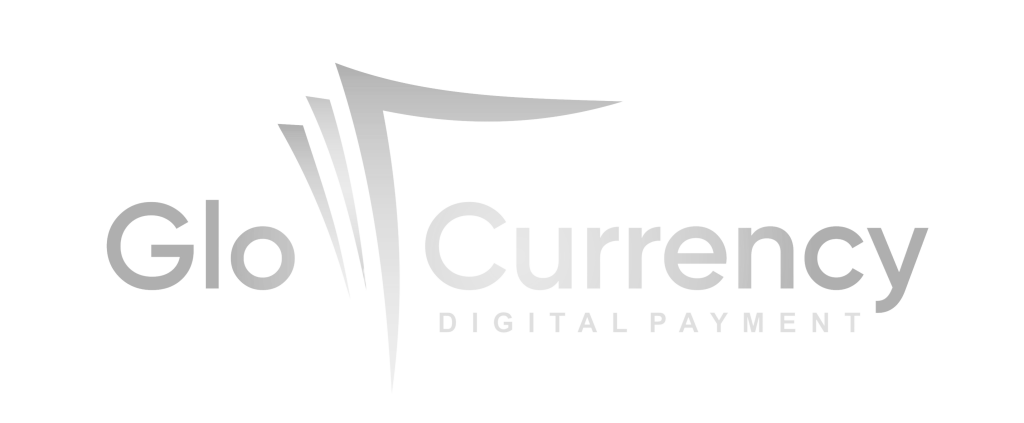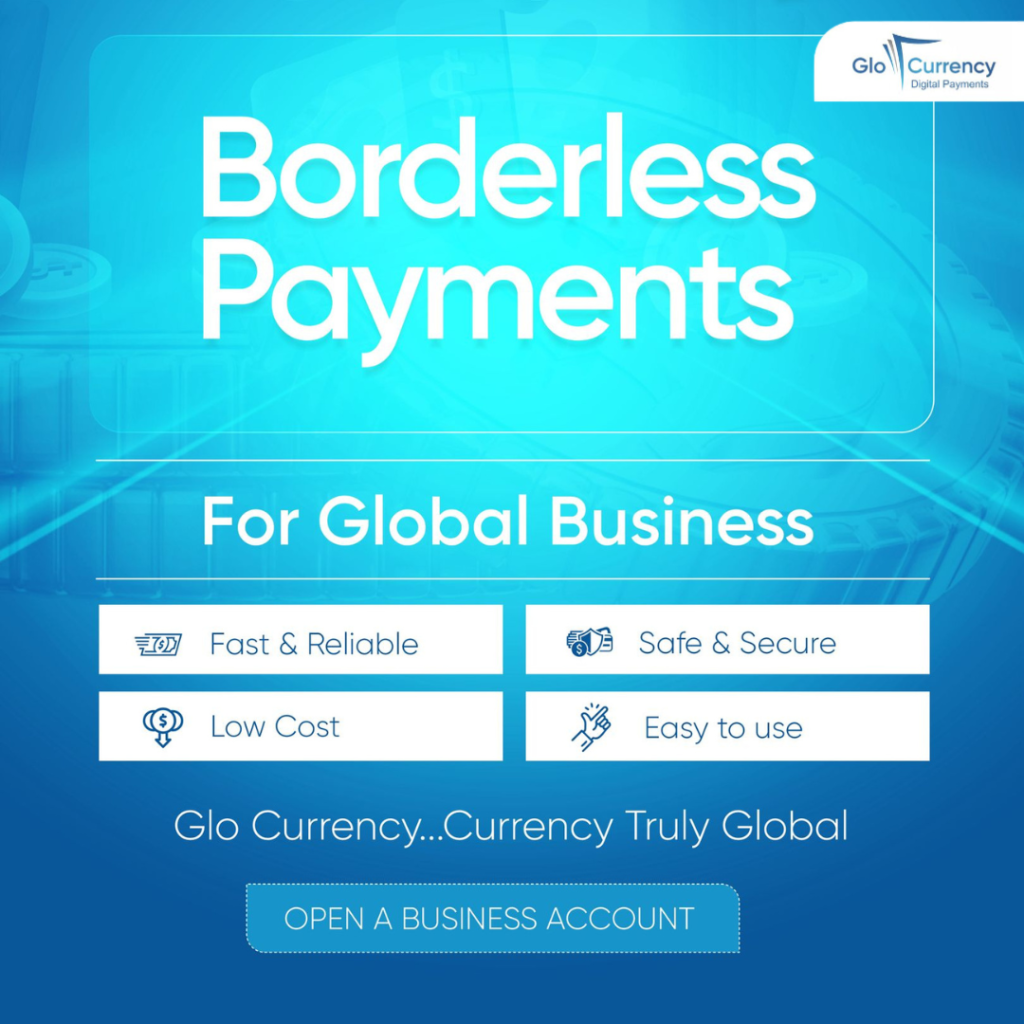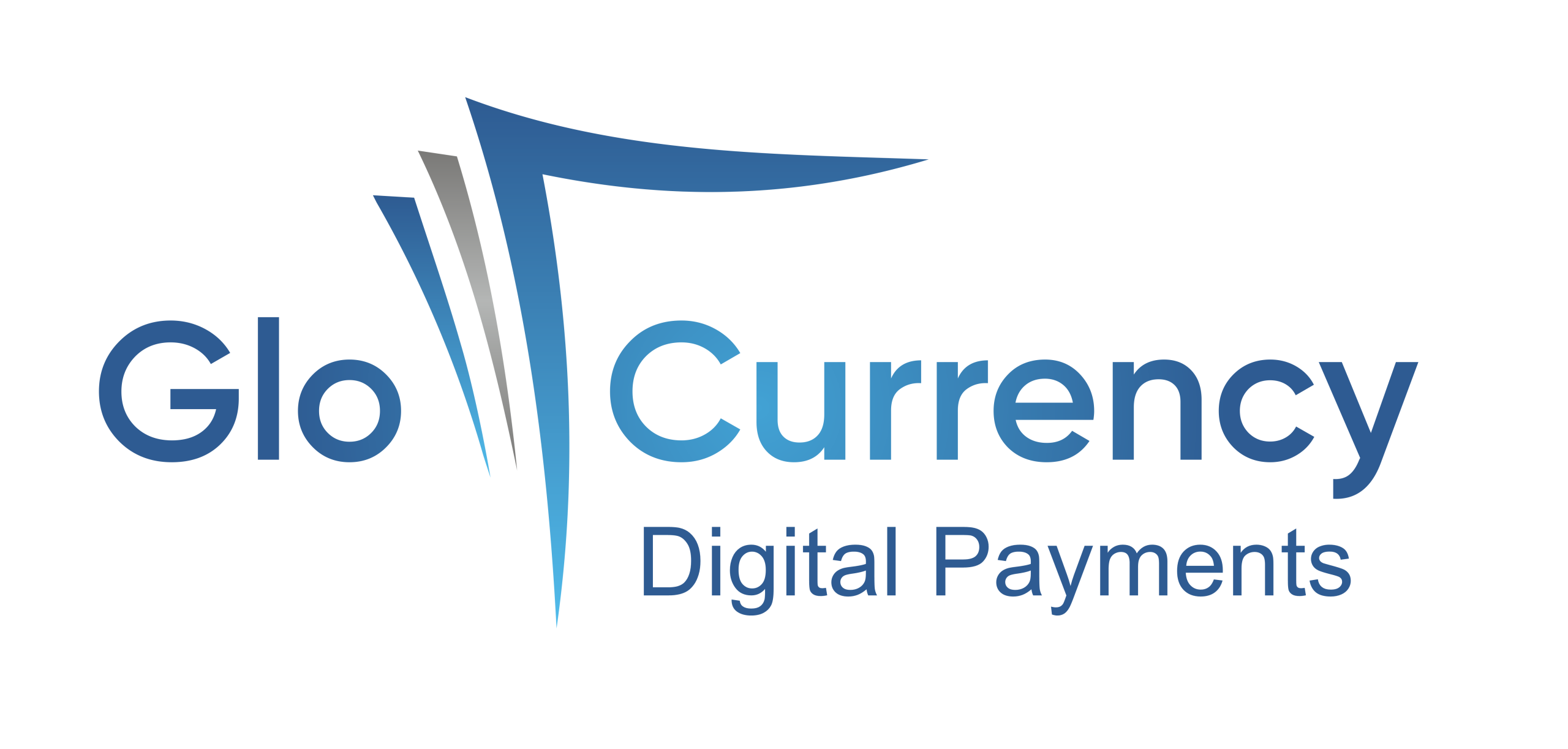What Is Digital Payments?
Digital Payments is payment activity conducted entirely online, either through a website or mobile app. It lets customers perform payment transactions and access payment services remotely, without having to visit a physical branch.
Digital payment has become increasingly popular in recent years due to its convenience and utility. Customers can access their accounts at any time, from any location, and perform a wide range of transactions, such as checking account balances, transferring funds, paying bills and applying for loans.
Benefits of Digital Payments
Whether you’re already all-in on digital Payment or you’ve yet to download your bank or credit union’s mobile app, it’s important to know what to look for when managing payments online. Here are some of the primary benefits offered by digital payment.
Convenience
The ability to conduct payments wherever and whenever you want is one of the main benefits of mobile and online payment solutions.
Many mobile payment apps, for instance, let you make payments remotely. At the same time, you can check your balance, transfer funds and set up notifications to alert you of any transactions—all without the need to visit a branch. It’s a real time-saver.
Digital payment also offers additional conveniences, such as the ability to go cashless.
Paying with cash isn’t as convenient as an electronic transaction. Electronic transactions are more secure (you aren’t carrying cash), they’re more sanitary (you aren’t touching cash), and you can track your transactions electronically.
“A cashless society with digital transactions is much more efficient and it allows for much better management of your financial resources,” says Cohee.
Features
Many payment apps’ online experiences offer just as many features as paying in person—if not more.
“Payment apps might offer personalized financial advice, savings tools, big-purchase calculators, or even virtual assistants, all within the convenience of an app,” says Matthew Williamson, global vice president of financial services for digital consultancy Mobiquity.
Payment apps typically let you complete everyday payment tasks, like viewing statements and account balances, transferring funds, and paying bills. Mobile check deposit, which lets users deposit checks from their phone, is also common.
Features like peer-to-peer payments might not be top-of-mind, but the ability to send money in minutes through your mobile payment app can be handy, and many payment apps now offer this feature. Locating nearby ATMs, cardless ATM withdrawals, and budgeting and tracking tools are other perks your mobile payment app may offer.
Some payment apps even offer the ability to chat with a live representative through their apps, which Williamson points out can bridge the gap between in-person and digital payments.
“Consumers should seek out payment apps that prioritize offering a human touch even in their digital channels, striking the right balance between the human element and digital automation,” says Williamson.
Security
“Security is a No. 1 priority for financial institutions,” says Cohee. And that extends to mobile and online payments.
Threats exist everywhere, including inside bank branches. Fortunately, many banks make it easy to take extra security precautions. For example, your payment app may let you add multifactor authentication to your mobile app and online account.
Many mobile payment apps also let you use biometric authentication to log in. Your payment app may also scan for certain risks automatically. If it detects a suspicious activity, it may ask for additional verification.
Overall, you may be more secure than you think when using digital payments.
“It’s been reported that digital payments and e-wallets actually offer more security in some cases than physical transactions, giving some users even more reason to use digital payment tools,” says Williamson.
Plus, your money is guaranteed by banks insured by the Federal Deposit Insurance Corporation. FDIC-insured accounts are covered up to $250,000 per depositor, per bank, for each account ownership category, in the event of a bank failure. Federal credit unions and the majority of state-chartered credit unions provide the same levels of protection via the National Credit Union Administration.
Cohee says that a lot of the risk is often in the hands of the financial institutions, not in the hands of consumers.
Control
Having control over your finances with the ability to self-serve is another significant benefit of digital payments, as is real-time access to managing and moving money as you see fit, says Williamson.
Unlike paying in person, mobile payment apps and websites generally have no restrictions on when you can perform payment tasks, like depositing a check or moving money from one account to another.
And it’s getting easier to navigate daily transactions. “The world of technology is offering the opportunity to be able to receive money and to spend money in ways that are much easier than they were in past times,” says Cohee.
Banks are continuing to advance the features offered on their digital payment platforms. Automated savings tools and push notifications for events like low balances or overdrafts are commonplace. In many cases, you can even activate a new debit or credit card from your app.
Benefits Beyond Payments
On a larger scale, Cohee notes that we can use modern connectivity tools to create financial, social, and economic change.
“This online payment product allows for a broader base of communication that can be used for things like teaching financial literacy,” says Cohee.
Digital payment is also becoming a way to find communities and options tailored to your needs as a customer. Many Black-owned banks in America, like OneUnited, are able to extend their reach to Black communities across the U.S. by offering online payment services.
Daylight, a digital payment platform that provides “Payments for LGBT+ people, by LGBT+ people,” is another example. Daylight’s offerings focus on community and empathy while addressing issues that complicate the financial lives of LGBT+ people. The Daylight card is a mobile-first account that features the individual’s chosen name, no matter what their official ID may state.
Is Online Payment Safe?
Banks use various technologies to ensure online payment is safe. This includes encryption, firewalls, and multifactor authentication to protect customer data and prevent unauthorized access.
However, there are instances in which online payment may not be safe. One example is when customers use public Wi-Fi networks or unsecured devices to access their accounts, which can leave them vulnerable to attacks from hackers.
Online Payment Fees
Online banks have lower overhead than traditional banks, which means they often have fewer and lower fees. Still, you might see some of these common online payment fees depending on the institution you choose:
Monthly maintenance fees for maintaining an online payment account, especially if you don’t meet certain balance or activity requirements.
Overdraft fees if you spend beyond your balance.
ATM fees if you use an out-of-network ATM.
Wire transfer fees if you send or receive a domestic or international wire transfer.
Stop payment fees if you ask your bank to stop a check or ACH transaction before it settles.
Foreign transaction fees if you make a purchase in a foreign currency.
Bottom Line
Mobile and online payment can help you take control of your financial life, providing easier access to important tools and features. But digital payment can also offer benefits beyond payments, connecting you to a community and payment opportunities specific to your wants and needs—regardless of where you live.



